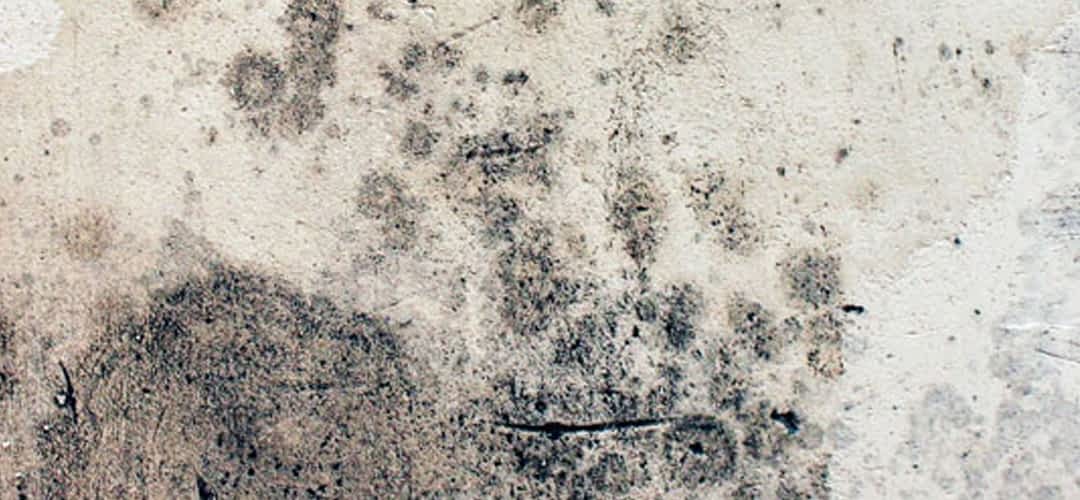Everyday objects like fixtures, systems, and appliances are among the more frequent affectees of water damage:
- Since pipes might freeze, they may leak or break.
- Wear can cause water heaters, dishwashers, or washing machines to malfunction or leak.
- Toilets might overflow, or septic tanks can back up.
- Clogged gutters
Effects of Water Damage & Mold on Resale Values
At various points during the negotiating process, along with Water Damage & Mold interested buyers will bring in experts to check your house and look for significant problems before making an offer lower than your asking price. You typically have two choices to keep the buyer interested and ultimately finalize the transaction if they find unrepaired Water Damage & Mold on your residential property:
- Pay for the repairs yourself to keep the market worth untouched.
- The total amount needed to pay for the repairs should be subtracted from your home’s market value.
Types of Water Damage That Reduce the Value of a Home
Water damage affects property resale values depending on the problems present along with Water Damage & Mold. Here are some of the most common issues that can seriously lower the value of your house on the market:
1. Mold
Following a water damage incident, residual moisture inside your home may encourage the growth of microorganisms. What’s worse is that until the contamination is contained and the moisture issue is handled, mold will keep growing and spreading to other areas of your house.
Before selling your house, it is best to employ a professional mold remediation firm if you believe or have found mold in your home.
2. Soaked Flooring and Carpeting
Unresolved water or moisture concerns in your house, wet carpeting, or buckled wood floors may cause purchasers to rethink their decision of buying a home. Getting your home professionally cleaned and dried as quickly as possible is advisable if you recently experienced a flood, plumbing disaster, or roof leak.
3. Building Damage
It’s usually a good idea to hire experts to check the property for seepage inside walls, wood structures, concrete framing, and even the foundation as soon as you decide to sell a house with water damage. If not resolved the right way once, these problems may cause additional issues that further lower the value of your home.
4. Warped walls and ceilings
One of the most visible indications of water damage on a residential property is sagging or wrinkling walls and ceilings. In addition to detracting from the appearance and feel of your house, they can also point to hidden water problems that might be expensive to fix, repelling potential buyers.
Identifying Hidden Water Damage
Standing water, watermarks on a wall, or blistered paint are frequent signs of water damage. Other times, harm caused by water may go unnoticed because it is more covert in the following areas:
- On insulation
- Between siding, house wrap, and house sheathing
- Framing studs
- Wall floor plates
- Door trim
- Behind wallpaper
- Back of drywall
- Inside walls
- Under carpet
- Under carpet padding
Ways To Prevent Mold After Water Damage
Work Immediately
After Water Damage & Mold, timing is crucial for limiting the growth of mold. The likelihood of mold formation decreases the faster you work. Mold will begin to grow in the ideal conditions for growth five weeks after the flooding. Most mold removal professionals advise drying out the space far sooner than that.
Drain Water
Start with the wet/dry shop vacuum you may already have for huge water events. Rent an industrial-grade wet/dry vacuum from your neighborhood rental yard or home improvement store as soon as possible. Large tanks, up to 55 gallons, come with these versions.
To Dry the Area, Use Fans for Water Damage & Mold
Start by using any fans you have at your disposal to save time. Only 1,820 CFM of air is moved per minute by box fans (cubic feet per minute). 36-inch industrial fans available for rent may move more air than five times as much.
Use Dehumidifiers for drying.
To dry the air more quickly, rent dehumidifiers of industrial quality. Even low-cost rental dehumidifiers may extract 18 to 20 gallons of water from the air daily. They also offer automatic pump-out functions that save you from emptying the water tank regularly. Fairly powerful consumer-grade dehumidifiers have small tanks and can only absorb about 5 gallons of water per day (under 1 gallon).
Get rid of as much undesirable, wet material as you can in term of Water Damage & Mold. The only method to guarantee that the mold wont grow weeks down the road is to dispose of it. Any residual components with even a tiny bit of moisture may start to form mold.
When to Contact a Specialist
Call a mold treatment business if the mildew on the window sill is a part of a more significant issue that extends up or down the wall.
Related Blog Posts:
- Mold Remediation: Everything You Need To Know in 2023
- Mold Removal from Floors And walls: How to Do It?
- Can I remove mold using bleach?
- Mold Removal: Is the Mold Growing in Your Basement Toxic?
- How Long Does the Restoration Process Take for Homes With Water Damage?
- What to Do If Your Home Has Water Damage?
- Signs of Water Damage in the Basement Walls
- Things You Should Know About Water Damage
- Who Do I Call After My House Has Water Damage Restore?
- What Causes Water Damage to Floors and Walls
- Types of Water Damage and How You Can Prevent It
Get A Free Estimate

